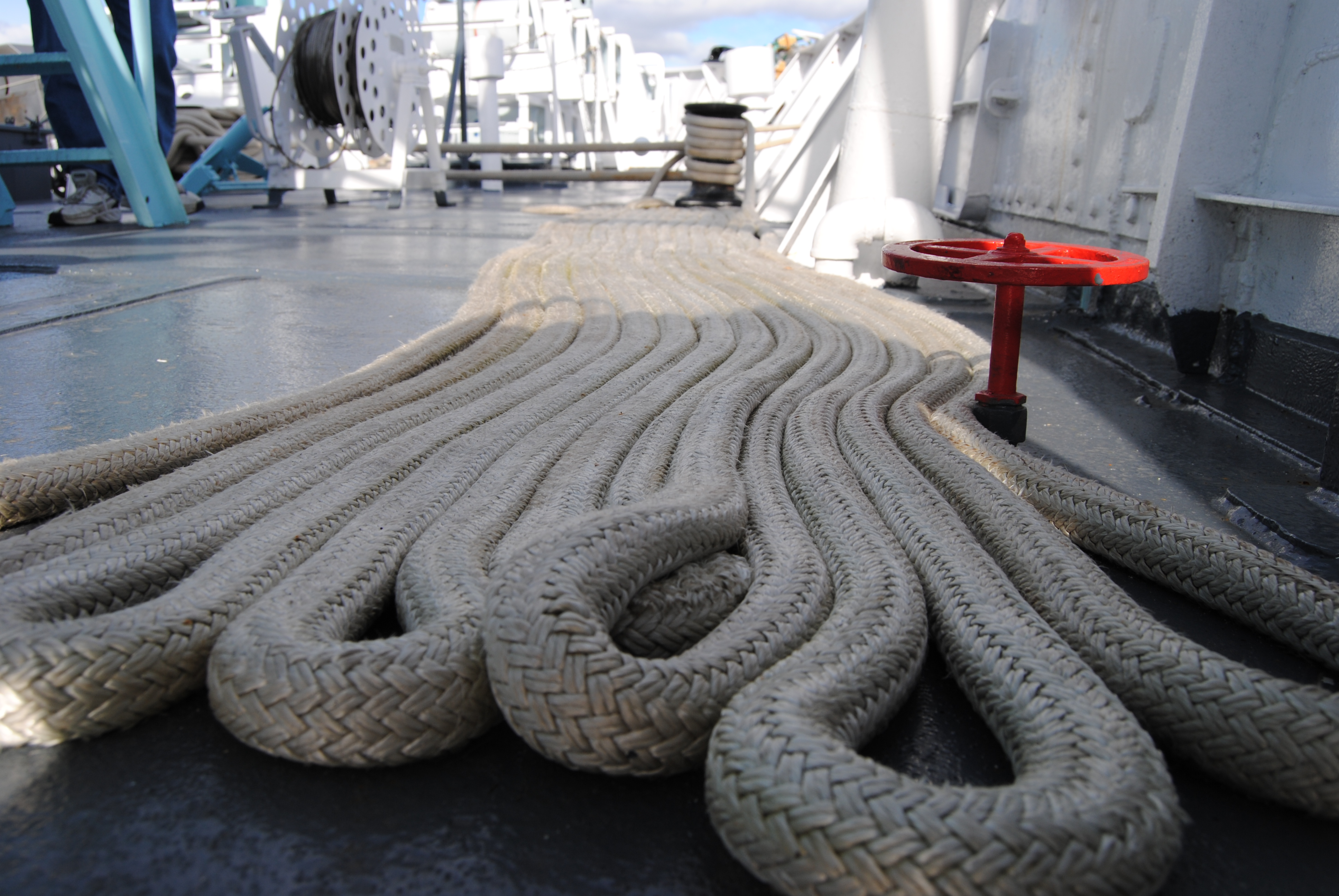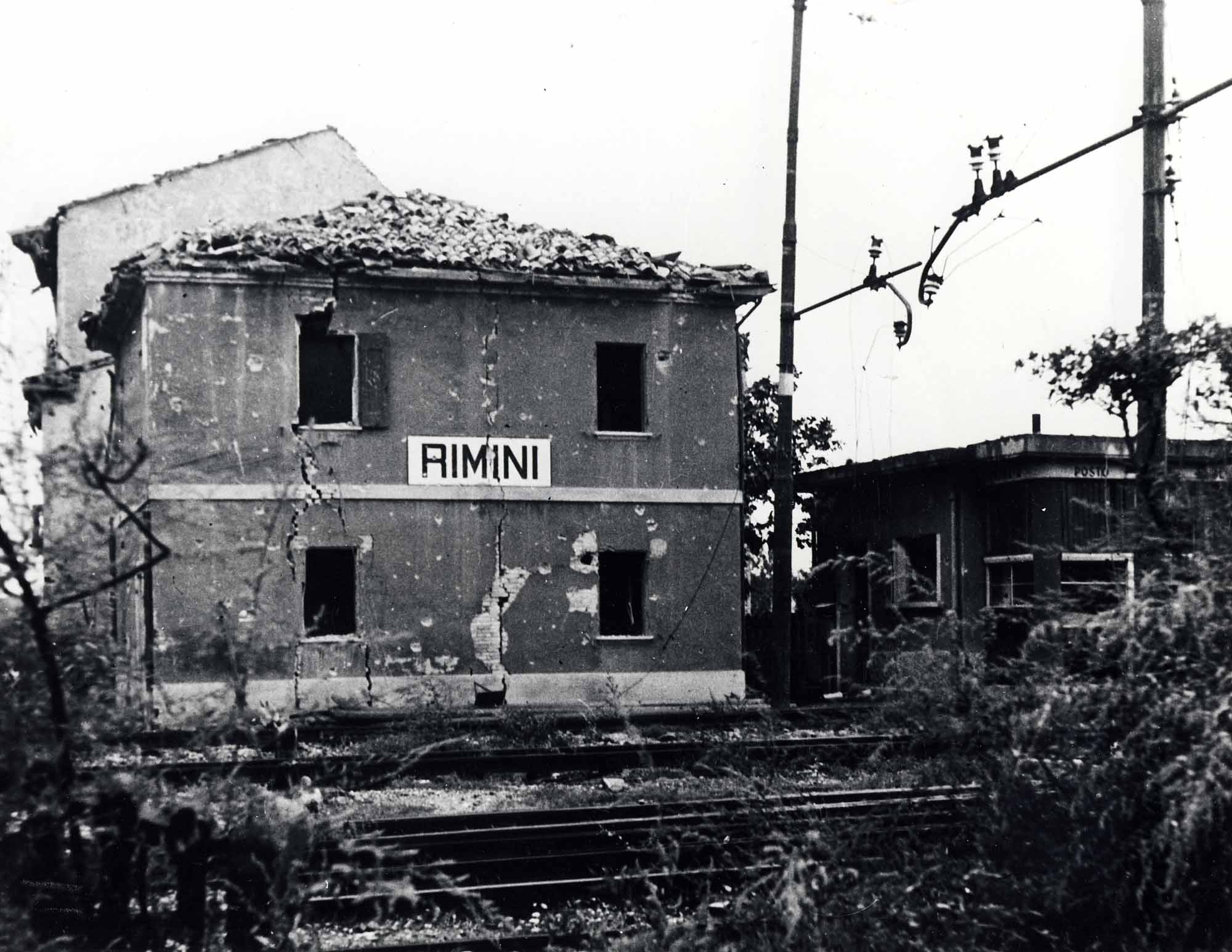HMCS Sackville is the last surviving corvette used by the Royal Canadian Navy in the Second World War. The warship was one of 123 Canadian corvettes that escorted supply convoys crossing the North Atlantic during the Battle of the Atlantic, the longest running battle of the war. In 1985, HMCS Sackville was designated Canada’s Naval Memorial.

Early Days
In the spring of 1940, HMCS Sackville was the second “Flower” class corvette ordered by the Royal Canadian Navy (RCN). The corvettes were designed by Smith’s Dock Company Ltd. of Great Britain, a design based on whale-hunting vessels. The corvettes were relatively easy and inexpensive to build and were originally designed for coastal patrol duties. They were dubbed “Flower” class by British Prime Minister Winston Churchill, who thought it would be good for morale to have German U-boat submarines sunk by ships named after flowers. However, the RCN decided to name its fleet of corvettes after communities in Canada, because as Naval Chief of Staff Percy Nelles put it, “flowers don’t knit mittens” — a reference to civilian support for the war effort.HMCS Sackville was built at the Saint John Shipbuilding dockyard in New Brunswick. The ship was launched on 15 May 1941 in front of a large crowd including the mayor and town council from Sackville, NB. Newspaper reports from that day recount that the Sackville was “greeted raucously by the sirens and whistles of other vessels in the harbour.” Although the ship was launched in May, it took another seven months to complete its fittings and sea trials before it was officially commissioned into the RCN on 30 December 1941.
Unfortunately, HMCS Sackville’s early months of service were tainted by dissension between the captain and his crew. Those tensions came to a head in February 1942. While escorting a convoy from Newfoundland to Halifax, Sackville was diverted to rescue survivors from the Greek ship Lily that was sunk by a German U-boat off Sable Island. Following the rescue, with the Sackville unable to find the convoy again, the first lieutenant confined the captain to his quarters and took command of the ship. The navy subsequently responded by discharging the captain from duty and dispersing the crew to other ships, replacing them with the crew from HMCS Baddeck, a corvette crippled by engine problems.
Convoy Duty
Although the corvettes were originally designed for coastal escort and mine clearing duties, the changing face of the war dictated a far more dangerous role for the small warships. With German U-boats roving the North Atlantic, sinking an increasing number of merchant ships carrying crucial supplies for the war effort in Europe, the corvettes were pressed into escorting convoys from Canada to Britain.
HMCS Sackville was assigned to “Mid-Ocean Escort Force” group C.3, which included two destroyers and three corvettes. The group was nicknamed “The Barber Pole Group,” with each ship painting a barber pole band around its smoke funnels. HMCS Sackville and the rest of the group sailed out of St. John’s, Newfoundland on 26 May 1942 escorting convoy HX 191. Its first crossing was uneventful with the convoy arriving in Londonderry, Northern Ireland on 5 June 1942.
HMCS Sackville and the other corvettes were ill-equipped for the treacherous North Atlantic crossings. In the often rough and frigid seas, waves constantly crashed over the low decks and into the passageways, the water seeping into the crew’s quarters. With their basic design, the corvettes lacked modern electronics and radar, and were outfitted with relatively light armaments.
Battling German U-boats
Convoys crossing the North Atlantic were in constant threat of attack by German “wolf packs” — groups of U-boats that would lie in wait, launching ferocious attacks often under the cover of darkness.
Just after midnight on 3 August 1942 convoy ON-115 from Londonderry to Newfoundland was attacked on the Grand Banks. German torpedoes suddenly struck two ships. While other escort ships looked for survivors, HMCS Sackville chased after the attackers, firing its guns and dropping depth charges on U-boat 43. Sackville’s captain, Lt. Alan Easton later described the scene this way: "The U-boat . . . rose up out of the water to an angle of forty degrees exposing one-third of her long slender hull . . . As she hung for an instant poised in this precarious position, a depth charge which had been dropped over the stern rail exploded immediately beneath her and she disappeared in a huge column of water."
A few hours later, HMCS Sackville encountered U-boat 552 on the surface of the water. As the sub attempted to crash dive, Sackville’s guns struck the submarine’s conning tower, causing a massive explosion. At first it was thought Sackville had registered two U-boat kills within 12 hours, but after the war it was learned that both subs, while suffering extensive damage, had managed to limp back to their home port.
In February 1944, HMCS Sackville was sent to Galveston, Texas for a major refit to make it more suitable for the rough and dangerous North Atlantic crossings. Four months later, while escorting a convoy to Londonderry, Sackville experienced problems with its number one boiler. With the war winding down, and more modern ships available for escort duty, the navy decided not to replace the boiler and Sackville was turned into a training vessel.
HMCS Sackville’s convoy escort days were over. The ship had completed 30 crossings during the long and deadly Battle of the Atlantic.
Postwar Service
As the war neared its end, HMCS Sackville was stripped of its armaments and turned into a maintenance vessel. Its defective boiler was removed to allow it to store anti-sub cables, which would be laid in the water to guard the entrances to east coast harbours.
In 1946, with that work completed, Sackville was relegated to the naval reserve fleet, where it remained until 1953 when it was turned into an oceanographic research vessel. For almost 30 years Sackville participated in numerous research voyages for both military and civilian projects.
Finally in 1982 the decision was made to retire the ship. By this time Sackville was the last surviving corvette. Plans were made to turn it over to the Canadian Naval Corvette Trust. The group spearheaded a major fundraising campaign to restore HMCS Sackville to her 1944 looks and configuration.
On 4 May 1985, the now-restored HMCS Sackville was designated as the Canadian Naval Memorial, to honour the memory of the 5,000 Canadian service personnel and merchant seamen who died in the Battle of the Atlantic. During the summer, the vessel is docked along the waterfront in downtown Halifax, NS, and is open to visitors.
Battle of Atlantic Place
The Canadian Naval Memorial Trust, the non-profit organization that owns and maintains HMCS Sackville, has announced ambitious plans to build Battle of the Atlantic Place, a new museum on the Halifax waterfront. HMCS Sackville is to be the centerpiece of an interactive exhibit detailing Canada’s extraordinary naval effort in the Second World War, and honouring those who died in the Battle of the Atlantic. The trust estimates the cost of the project between $180 and $200 million. It is asking the federal government to contribute $150 million, with plans to fundraise the balance from private sponsors.

 Share on Facebook
Share on Facebook Share on X
Share on X Share by Email
Share by Email Share on Google Classroom
Share on Google Classroom








